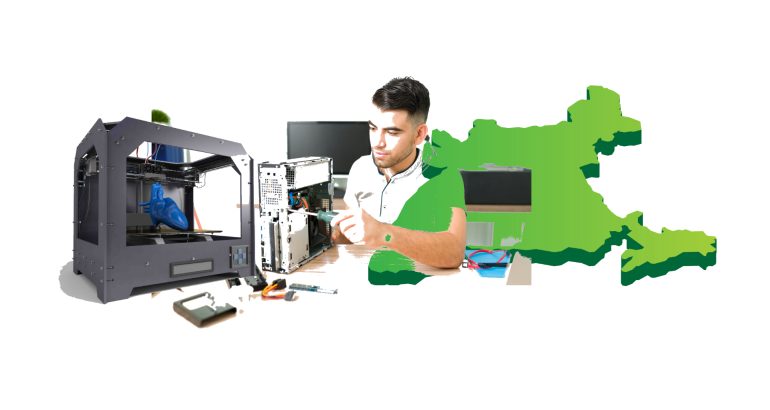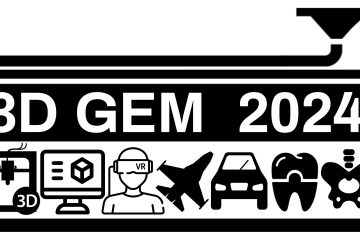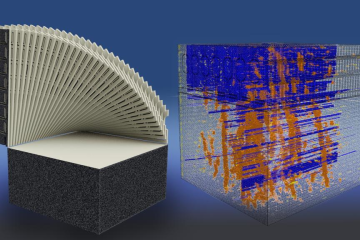Industry Growth
3D printing, also known as additive manufacturing, is witnessing significant growth in India. The market is expanding rapidly due to the increasing adoption of 3D printing technologies across various sectors such as healthcare, automotive, aerospace, and consumer goods. According to reports, the Indian 3D printing market is expected to grow at a compound annual growth rate (CAGR) of over 20% in the next few years.
Key Players
Several key players in the Indian market include global giants like Stratasys, 3D Systems, and local companies such as Imaginarium, Altem Technologies, and Divide By Zero Technologies. These companies are not only providing 3D printing services but also offering 3D printers, materials, and software solutions.
Government Initiatives
The Indian government has recognized the potential of 3D printing and is taking steps to promote its adoption. Initiatives like “Make in India” and the introduction of policies to support startups and innovation are creating a favorable environment for the growth of the 3D printing industry. Additionally, various state governments are setting up 3D printing labs and innovation centers to foster research and development.
Applications
- Healthcare: 3D printing is revolutionizing the healthcare sector by enabling the production of customized medical devices, implants, and prosthetics. It is also being used for surgical planning and creating patient-specific models.
- Automotive and Aerospace: The automotive and aerospace industries are utilizing 3D printing for prototyping, tooling, and even production of end-use parts. This technology is helping these industries to reduce lead times and costs.
- Consumer Goods: 3D printing is being used to create customized products such as jewelry, fashion accessories, and home decor items. This has opened up new avenues for designers and artists to bring their creations to life.
Opportunities in 3D Printing
Entrepreneurship
The 3D printing industry offers numerous opportunities for entrepreneurs. Starting a 3D printing service bureau, selling 3D printers and materials, or developing specialized software solutions for 3D printing are some of the viable business ideas. Entrepreneurs can also explore niche markets such as customized healthcare solutions or educational tools.
Education and Training
As the industry grows, there is a rising demand for skilled professionals. Educational institutions can capitalize on this opportunity by offering courses and training programs in 3D printing technologies. Collaborations with industry players can also provide hands-on experience to students.
Research and Development
There is immense potential for research and development in materials science, printer technology, and new applications of 3D printing. Universities, research institutions, and private companies can collaborate on R&D projects to drive innovation and create advanced solutions.
Challenges
High Initial Investment
The initial cost of setting up a 3D printing facility can be high, especially for industrial-grade printers and materials. This may be a barrier for small businesses and startups.
Lack of Awareness
Despite the growth, there is still a lack of awareness about the potential and applications of 3D printing among businesses and consumers. More efforts are needed to educate and inform potential users.
Regulatory Hurdles
The regulatory environment for 3D printed products, especially in sectors like healthcare and aerospace, is still evolving. Ensuring compliance with standards and obtaining necessary certifications can be challenging.
Editorial Viewpoint
From an editorial perspective, the 3D printing landscape in India is ripe with opportunities but also faces several challenges. The technology has the potential to transform various industries by enabling mass customization, reducing manufacturing lead times, and fostering innovation. However, for the industry to realize its full potential, there needs to be a concerted effort from the government, industry players, and educational institutions to address the challenges and create a supportive ecosystem.
Investing in education and awareness, providing financial support to startups, and developing a clear regulatory framework will be crucial in driving the growth of the 3D printing industry in India. The future of 3D printing in India looks promising, and with the right strategies, it can become a significant contributor to the country’s economic growth and technological advancement.







